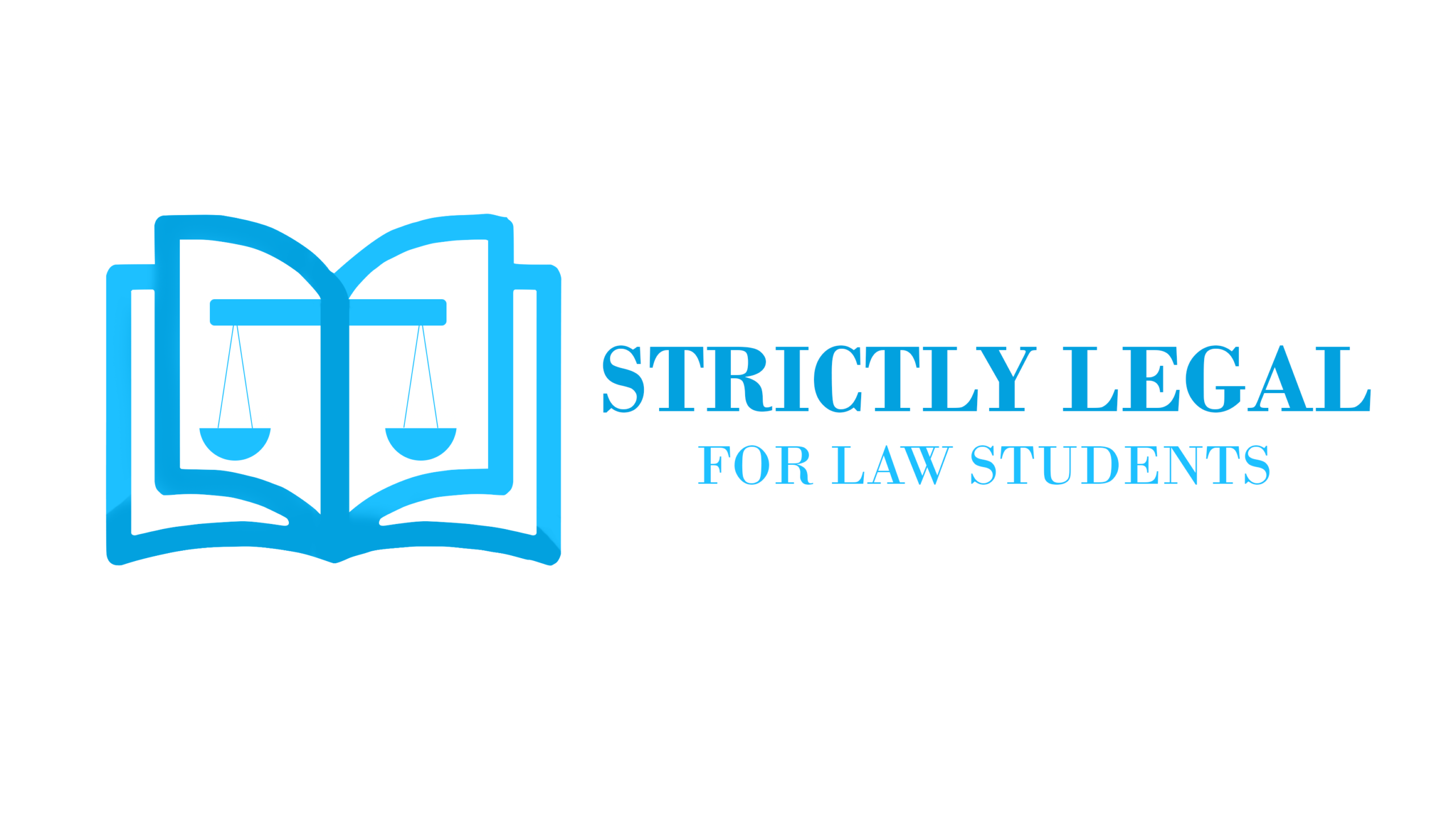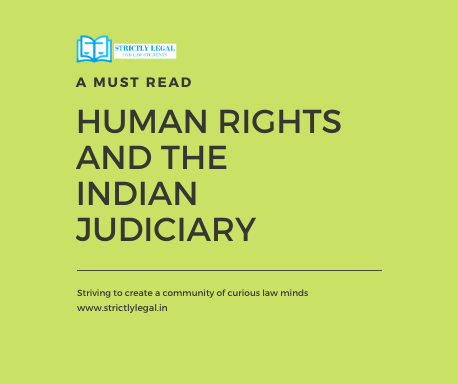As the name suggests, “Human Rights” are generally understood to be the rights which are for the protection of the dignity of humans, their freedom, and general respect for the lives of humans.
As the name suggests, “Human Rights” are generally understood to be the rights which are for the protection of the dignity of humans, their freedom, and general respect for the lives of humans.
Table of Contents
Background
As the name suggests, “Human Rights” are generally understood to be the rights which are for the protection of the dignity of humans, their freedom, and general respect for the lives of humans.
The classical understanding of such rights was understood as natural rights, in as much as they were believed to be conferred upon humans by nature and it was not within the capacity of any other human to take these away. Recently, they have come to be understood as human rights. They are one of the few sets of rights for which there exists considerable global consensus and unanimity, especially after the revolutions that took place in the eighteenth century.
While a lot of jurisdictions did not feel the need to codify human rights in their laws as it was presumed that they were too sacred and there would rarely be any violation of these, however, of late and especially after the atrocities that were committed during the World Wars, a lot of jurisdictions have come to realize the importance of their protection under positive law. In fact, one of the first treaties agreed upon by the international community only a couple of years after the formation of the United Nations, was the UN Declaration on Human Rights, 1948 (UDHR).
Diversified ideologies over the world have resulted in human rights treaties on various types of human rights. For example, the Western capitalist societies valued civil rights and therefore supported the framing of the International Covenant on Civil and Political Rights (ICCPR). On the other hand, the International Covenant on the Economic, Social, and Cultural Rights (ICESCR) is the result of efforts taken by Eastern communist societies.
The United Nations defines these rights as, “Human rights are rights inherent to all human beings, regardless of race, sex, nationality, ethnicity, language, religion, or any other status. Human rights include the right to life and liberty, freedom from slavery and torture, freedom of opinion and expression, the right to work and education, and many more. Everyone is entitled to these rights, without discrimination”.
Growth: A rapid fire
The ground norm of human rights is that each and every individual of the society has the right to attain the primary privilege of leading a safe and principled life without harming the existence of others. These conjugal rights are deeply rooted to each other which makes them ‘interdependent’ and ‘interrelated’, thus for accepting the right to food one needs the right to work, this right is correlated to right to health, right to health emanates from right to access to health care facilities and so on.
However, a plethora of rights are paramount which forms the foundation in creating equilibrium in the society such as the right to equality, right against discrimination, right to education, right against exploitation, freedom from slavery, etc. The composition of integrated society sources from amalgamation of all the basic fundamentals which are termed as “Human Rights” which makes them integral to be achieved.
Ideals: Knowledge of the inevitable
It’s perennial to note that human rights are a global phenomenon and not an individualistic one. Achievement of such enormous goal can be succeeded by institutions having wide reach and commanding power i.e. political institutions.
Much to say, violation of human rights in countries like Nazi Germany and Fascist Italy in the Pre-World war era was due to political insemination whereas third world countries like India and Africa hugely benefitted by civil rights attained under the leadership of Gandhi and Webster. There is no formula to interpret the ideals of Human Rights, however, they can be broadly explained by the conditions prevailing and the object sought by each country.
Human Rights in India: A Brief Introduction
India, as a State has always given human rights their due importance, be it the executive leg through the National and various State level Human Rights Commissions, or the legislature which is proactive in legislating the Protection of Human Rights Act, 1993 or the judiciary, which has time and again given a wide interpretation to the statute book to adapt with needs of the emerging times.
Section 2(1) (d) of Protection of Human Rights Act 1993, defines Human Rights as “the rights relating to life, liberty, equality and dignity of the individual guaranteed by the constitution or embodied in the International Covenants and enforceable by Courts of India.”
Apart from the Protection of Human Rights Act, 1993, the major source of human rights protection in India is imbibed in the spirit of our Constitution that is Part III, which provides for a set of fundamental rights and most of them form part of the basic structure. Therefore, they cannot be taken away easily.
The Indie approach
The Indian phenomenon of Human Rights was not poles apart from the west. If the west indulged in racism, India struggled her ways through Casteism.
It was indeed a pitiful condition to see Indians segregating themselves by their profession, caste, or wealth even before the British did so. Slaves, Peasants, Transgenders, Women, Tribals, Labourers, and many more were deprived of their basic rights due to the archaic discrimination built by the farcical Brahmin minds.
A lot was contributed by ancient lawgivers such as Manu and Narada who blatantly classified the different Varnas and positions of women in a man’s life. Despite its constitutional abolition in 1950, Untouchability still prevails in India. The imposition of social disabilities on persons by reason of birth into a particular caste- remains very much a part of rural India.
Representing over one-sixth of India’s population estimated to be around 160 million people; Dalits are subjected to complete social ostracization. Females are killed even before they are born and post-birth conditions are even worse. The consent of patriarchy in the upbringing of a girl child is yet another issue to deal with.
Transgenders are neglected the right to work as their skills are judged on the basis of their gender identity; whereas, the higher sects still reap the benefits from the lower.
Apart from the Human Rights Act, 1993, and the Constitution, there are various other legislations that, albeit indirectly are an embodiment of various human rights. For example, the Code of Criminal Procedure, 1973 provides for various procedural safeguards before a person’s autonomy is taken away, for instance, the accused’s right to know the reason for arrest, his right to have a lawyer, etc.
Similarly, the Code of Civil Procedure, 1908 provides for procedural safeguards before a person’s property is attached, etc. Then there exist several beneficial legislation which provides for the protection of special human rights of a specific class of people, for example, the Maternity Benefits Act protects pregnant women, the Labor Code, and other employment-related legislation ensure that works in the unorganized sector at least get minimum wages, human conditions of work, the Protection of Women from Sexual harassment at workplace protects women by securing them a right to work with dignity and without fear, the Prevention of Immoral Traffic Act protects the right of prostitutes, etc.
Therefore, it is but obvious that the Indian legislature has played a rather active role in safeguarding the various human rights. However, more often than not, these legislations have been the result of the suggestions and guidelines given by the judiciary. More so, the mere enactment of legislation is not sufficient. It is the courts who actually pump life into these bare statutory provisions.
Judiciary : The Rescuer
The object of Human rights jurisprudence is to humanize the state agencies in order to make them accountable for the use of power only for the benefit of the larger number.
Thus, to appease humanity decay in the Indian confraternity, Judiciary has been a goal-oriented institution to grant an adequate remedy to the deprived sections of the society. The third wing of the government i.e. the Judiciary, being independent of the other two, focuses on rendering justice on terms of law and evidence, and not gender and caste.
Role Played by Indian Courts
The Indian courts have time and again emphasized on the fact that human rights are usually a reflection of the morality of every society. India cannot merely lift provisions from international human rights treaties and apply them directly. These provisions need to be suitably tailored to the needs and the demands of the current ongoing moral undercurrents in Indian society.
Triple Talaq violative of Articles 14, 19 & 21
In 2017, the Supreme Court in the matter of Shayara Bano v. Union of India held that the practice of triple talaq was unconstitutional. The age-old practice entitled a man to divorce his wife by merely uttering the word, “talaq” three times. The petitioner challenged the same.
The 5 judges bench constitutional bench by a 3:2 opinion allowed the petition. Even though there were contrary opinions and criticism on the action of the Apex court on the grounds of judicial over-reach.
The respondents argued that it was a matter of personal law and therefore outside the purview of judicial review. However, despite that, the Supreme Court opined that the practice did not constitute an essential religious practice. A harmonious balance needed to be sought.
The right of a Muslim woman to live with dignity and be respected prevails over the respondent’s right to practice their religion in the instant case. It was after this judgment that the legislature took cognizance and drafted the triple talaq bill.
Bar on the entry of women between 10-50 years in Sabarimala temple unconstitutional
In Indian Young Lawyers Association v. State of Kerala, the Supreme Court of India, despite strong opposition not just from the temple Dewaswom board but also from the public, delivered a judgment in which it held that the customary practice of not allowing women in their menstruating age between 10-50 to enter the shrine of the Sabarimala temple violated their right to religion under Article 25 and right to equality under Article 14.
The court struck down the Rule 3 (b) of the Kerala Hindu Places of Public Worship Rule, 1965. The majority observed that the devotees of Lord Ayyappa did not constitute a special class under Article 26 and that the said article applied generally to all citizens of India, including the Hindu women who had an equally strong right to free practice and profess their religion.
Homosexuality no longer a crime
In Navtej Singh Johar v. Union of India, the Supreme Court partially struck down S. 377 of the Indian Penal Code, 1860 (hereinafter IPC) which made homosexual intercourse between two consenting adults a punishable crime. The Supreme Court, in this case over-ruled the previous case of Naz Foundation v. Govt. of NCT, Delhi which had held otherwise.
The Supreme Court differentiated between the two concepts of social morality and constitutional morality. As the guardian of conscience of the nation, it was the Supreme Court’s duty to ensure the human rights of even the smallest minority section of the population. Supreme Court emphasized the fact that one of the essential characteristics of a democracy such as ours was to recognize dissent and not suppress it.
Adultery no longer a crime
In Joseph Shrine v. Union of India, the Supreme Court struck down Section 497 of the IPC , a law that was unreasonably tilted in favour of women. This was because even though a man who had intercourse with a married man could be penalized, the same punishment could not be imposed on the married woman who engaged in the act with her free and full consent.
Also, a woman who came to know of her husband’s adulterous relations had no locus to file a complaint against him.
Privacy is a fundamental right
In K.S. Puttaswamy v. Union of India, a nine-judge bench of the Supreme Court unanimously held that right to privacy is a fundamental right and an extension of the right to life under Article 21. It is based on this decision that the legislature is currently considering the introduction of a personal data protection bill that has stringent provisions for respecting a person’s privacy and taking his consent before any sensitive personal data can be used, shared, or processed.
Conclusion
Apart from these, there have been several other judgments of the courts, where the courts have secured the human rights of different sections, for example, criminalizing marital rape, making sexual harassment at workplace a crime, protecting environment, right to livelihood etc.
In most cases, the Supreme Court recognizes one or the other Human Rights as part of our Fundamental Rights, which is followed by the legislature enacting a law specifically in that regard. Therefore, the courts have played the role of pre-cursor to much important human rights legislation in India.

Users not registered with Strictlylegal can Email us their content and the same are posted through this account. In case of abuse, kindly let us know at [email protected]




